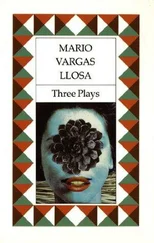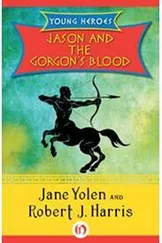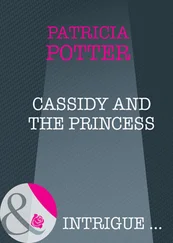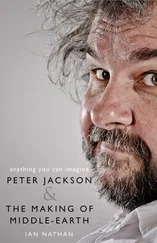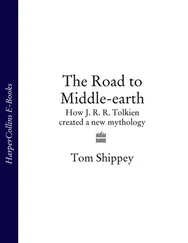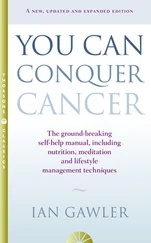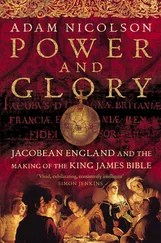Taylor would join forces with Jackson on his very next film, and begin his own journey toward The Lord of the Rings.
And this was when Jackson first met Fran Walsh. To be exact, he first saw Walsh on the set of the series Worzel Gummidge Down Under , the television offshoot about a talking scarecrow, for which he had been hired to do a few little special effects. She was one of the writers, but they hadn’t spoken. Then out of the blue Botes asked if he could show the unfinished Bad Taste to a couple of his screenwriter friends, he thought would appreciate it. They happened to be Walsh and her then boyfriend Stephen Sinclair. Walsh remembered being bowled over by how uninhibited the film was, and on zero budget.
She would volunteer her services to help complete the film, and would become not only the most important creative partner in Jackson’s life but the story of this book.
Completing Bad Taste , says Taylor, ‘Peter was bitten by the bug.’ Up until then he had thought he might get by in special effects. In New Zealand the thought that you could follow a career as a director was preposterous. But the response to Bad Taste was so powerful that it convinced Jackson this was his calling.
Jackson also committed himself to gore, and ruffling the strait-laced New Zealand film community. In 1989 came depraved puppet musical Meet The Feebles (shot in a rat-infested warehouse) followed in 1992, after a salutary false start, by Braindead , his blood-bolstered, period zomcom. The film that would take him to America — if only for a visit.
A career had been born in a deluge of sheep brains, farting hippos and a zombie baby named Selwyn. Middle-earth was another world.
‘When he finally made enough money to move into town,’ remembers Taylor, ‘it was into the tiniest house in Wellington. He bought the biggest television I have ever seen and we’d sit in his front room, dwarfed by this gigantic thing. When you stood up to make a cup of tea, there’d be half a dozen people out on the pavement, standing there watching the movie!’
*
There is one other adaption of The Lord of the Rings we have yet to mention. Indeed, it was the most comprehensive and meaningful adaption to date, one that is still held in the highest esteem by fans. It was also the only version of the book to provide any objective lessons — apart from what not to do — in how to successfully dramatize Tolkien, even though there was not a single frame to be seen.
This was, of course, the 1981 BBC radio serialization. Adapted by Brian Sibley and Michael Bakewell with a fine-edged scalpel, trimming great swathes of the book without any discernible loss of the central story (it still runs to a considerable eighteen hours). They also retained a good deal of Tolkien’s dialogue, while carefully negotiating the demands of radio dramatization. Events that are reported in the book are transformed into first-hand scenes (a trick Jackson and his writers would apply). Even the battle scenes, inevitably reduced by the medium, have a dense, breathy, clanging atmosphere. All of it eased onward through the addition of a narrator (Gerard Murphy).
Above all, the vocal performances set an enviable standard: Michael Horden swings appreciably between avuncular and steely as Gandalf; Robert Stephens’ smoky basso makes Aragorn seem older, wiser and immediately kingly. Jackson would seek a deliberate resonance between the serial and his own films in the casting of Ian Holm as his Bilbo; Holm having made an impassioned Frodo back in 1981.
Having made his mark in Bakshi’s adaptation, Peter Woodthorpe would again provide the disturbingly funny duality of his Gollum. Disembodied, that needling, pathetic, hissing voice carries a note of pure heartbreak.
The seminal serial was responsible for bringing another generation to the book. But Hollywood had lost interest or grown weary of its numerous challenges. And for fifteen years the Ring lay forgotten, until it was finally picked up by the most unlikely director imaginable.
Конец ознакомительного фрагмента.
Текст предоставлен ООО «ЛитРес».
Прочитайте эту книгу целиком, купив полную легальную версию на ЛитРес.
Безопасно оплатить книгу можно банковской картой Visa, MasterCard, Maestro, со счета мобильного телефона, с платежного терминала, в салоне МТС или Связной, через PayPal, WebMoney, Яндекс.Деньги, QIWI Кошелек, бонусными картами или другим удобным Вам способом.

